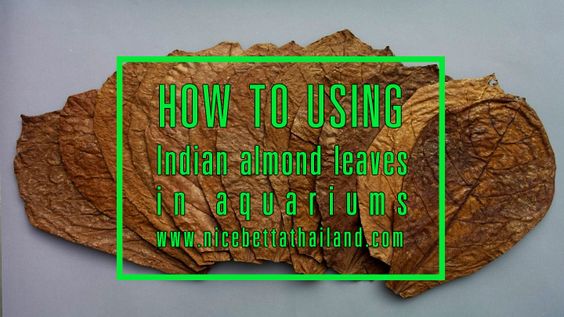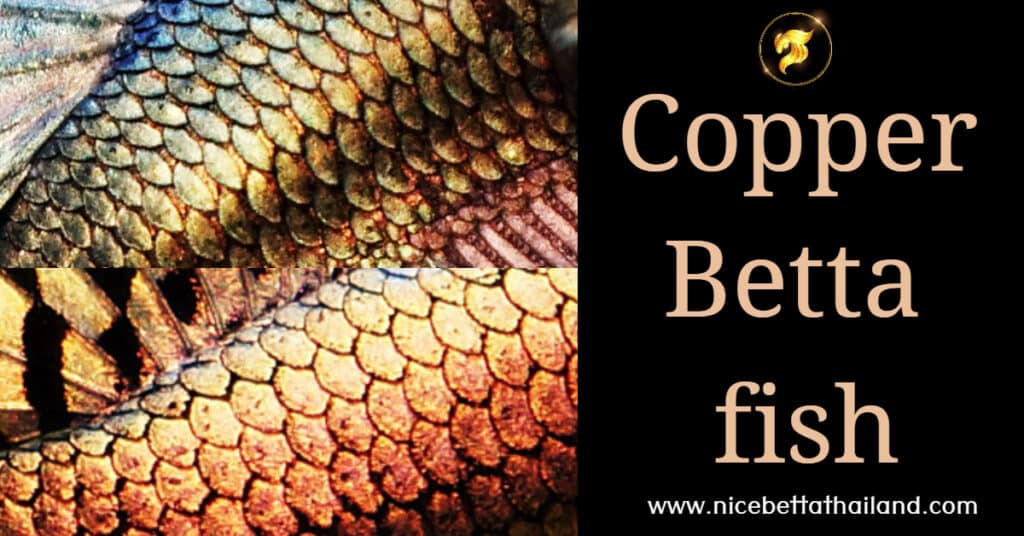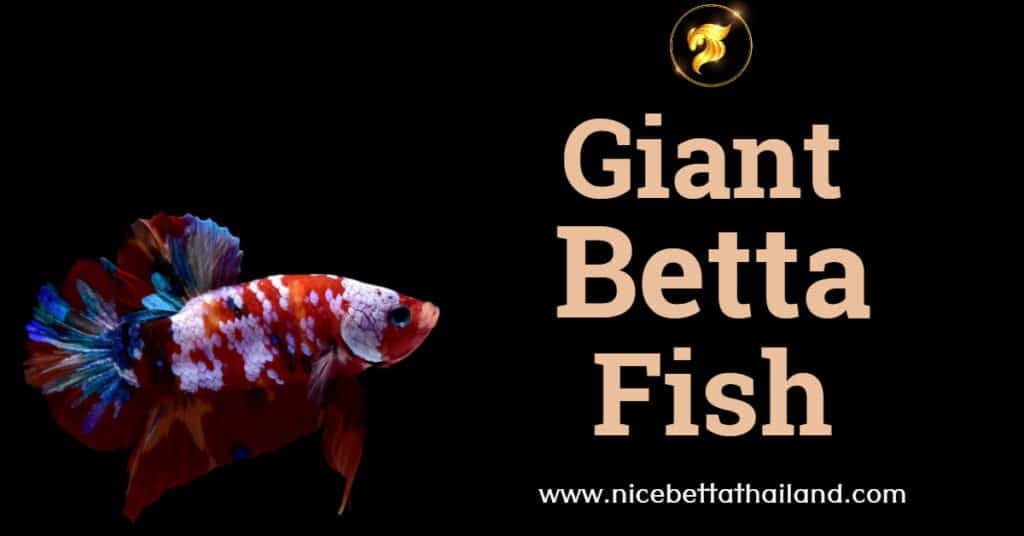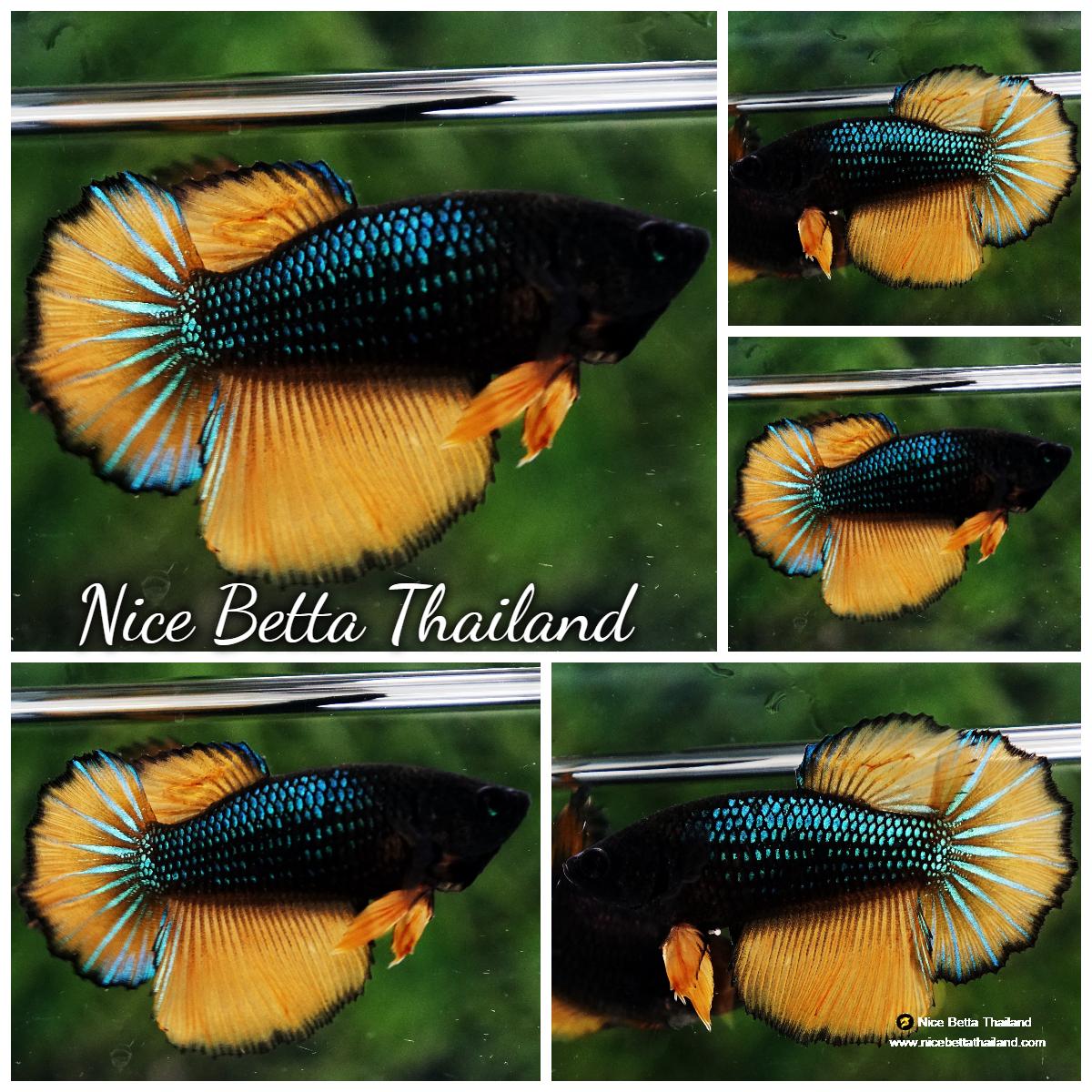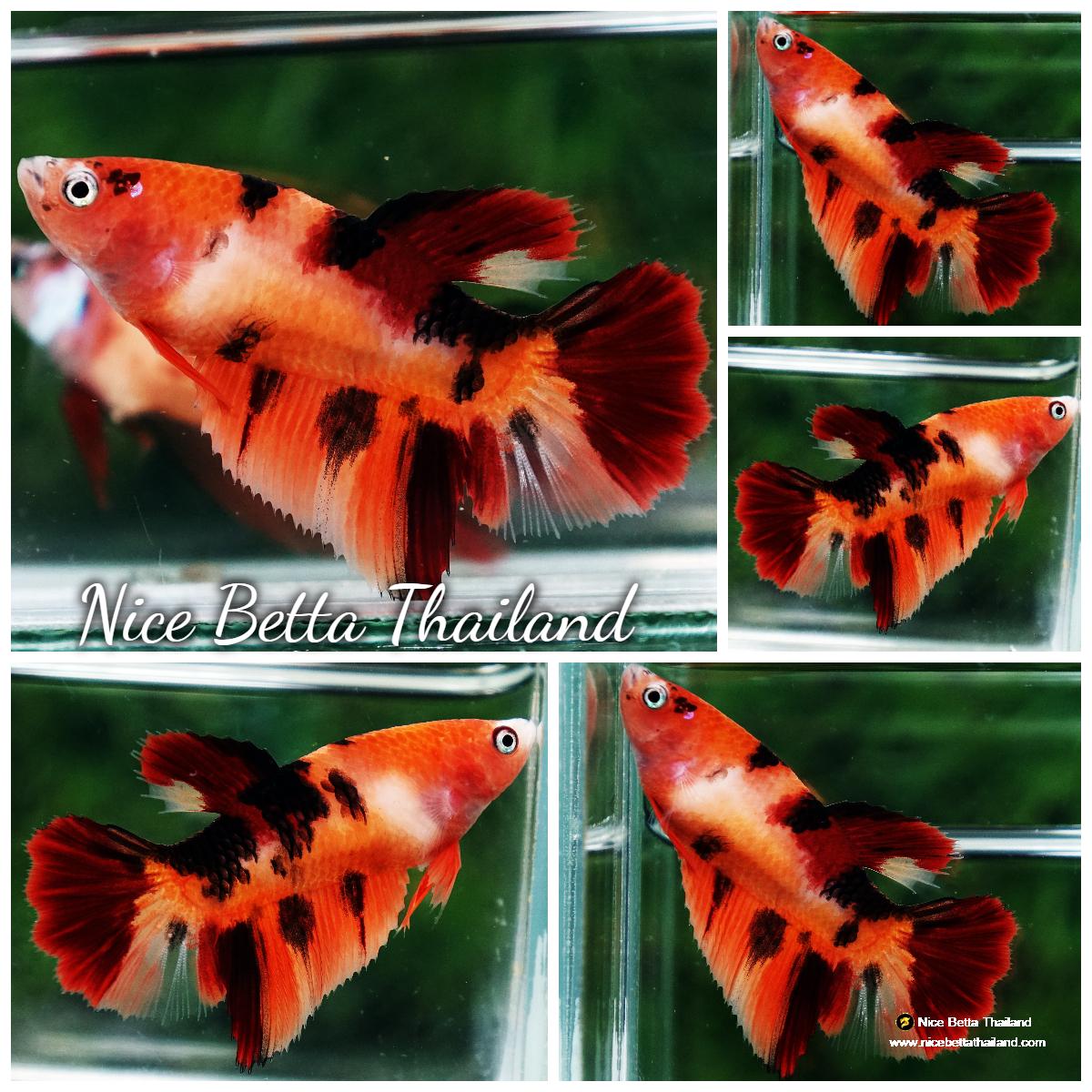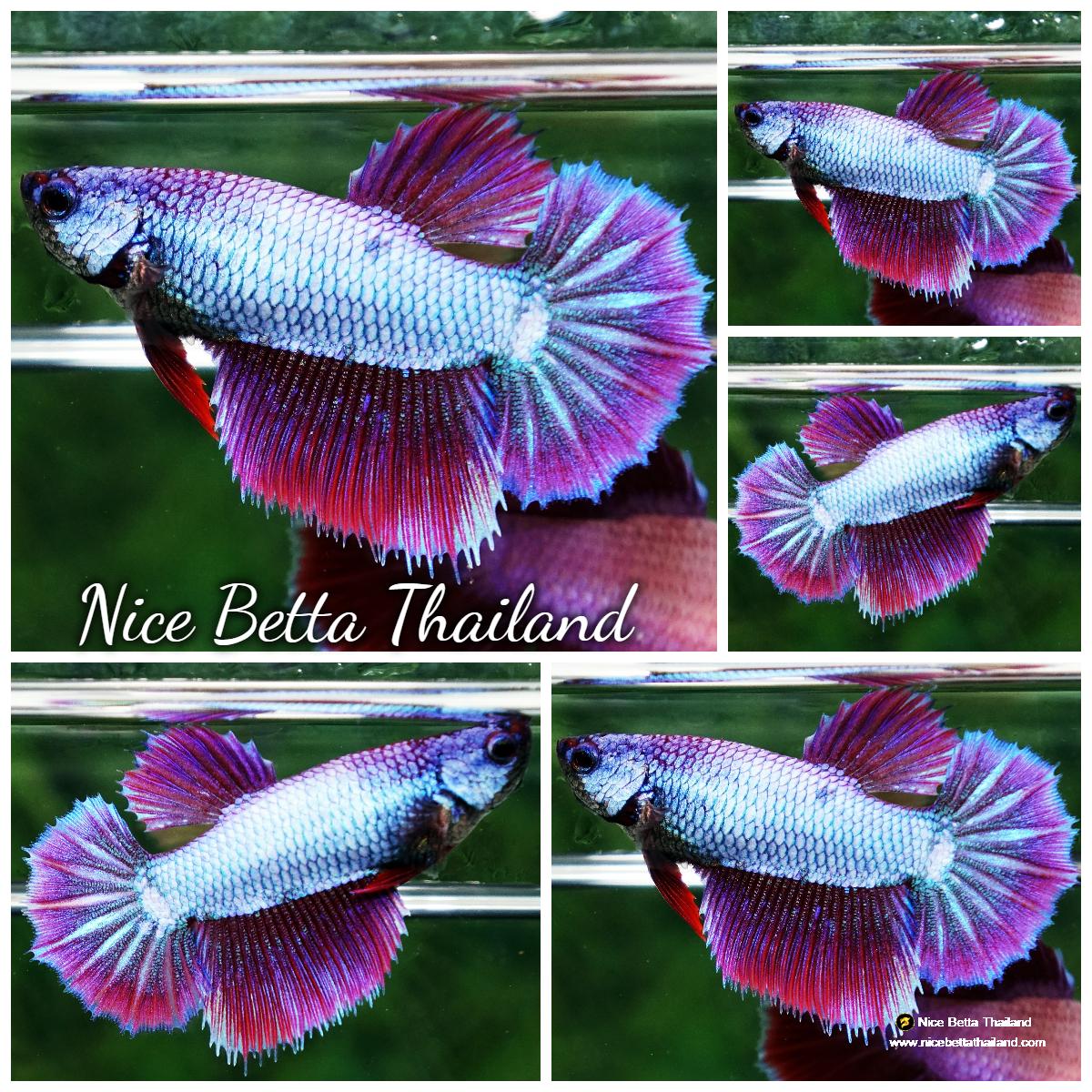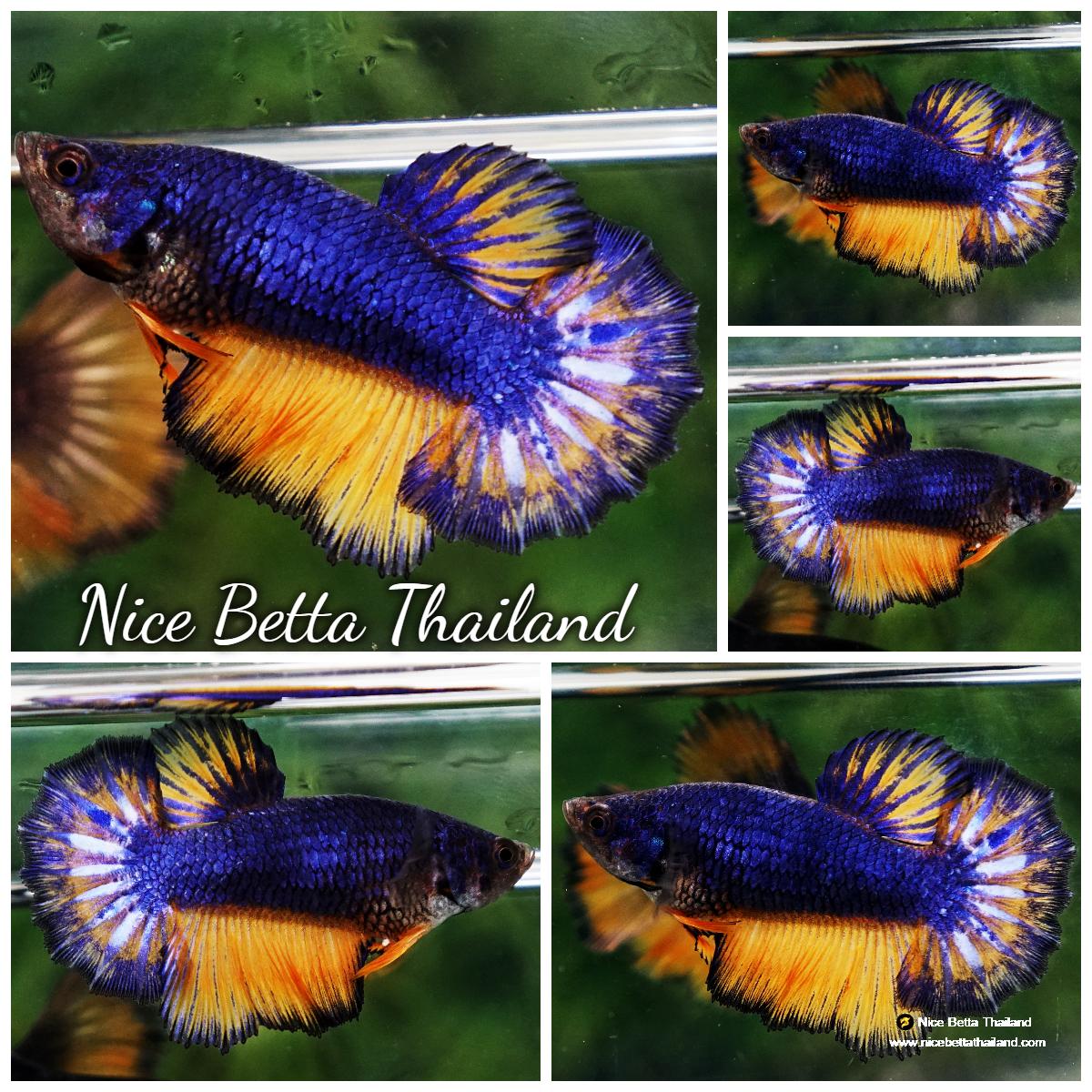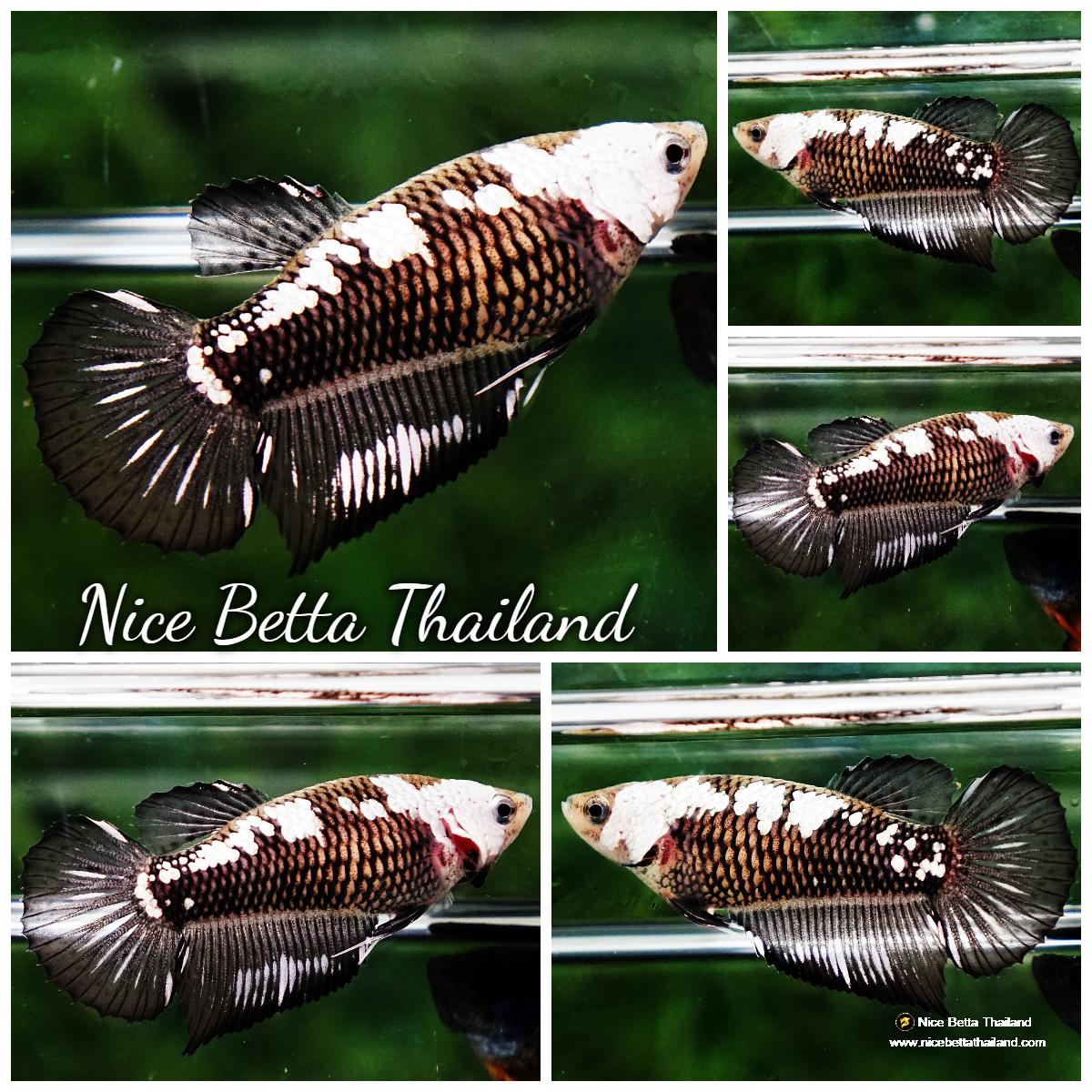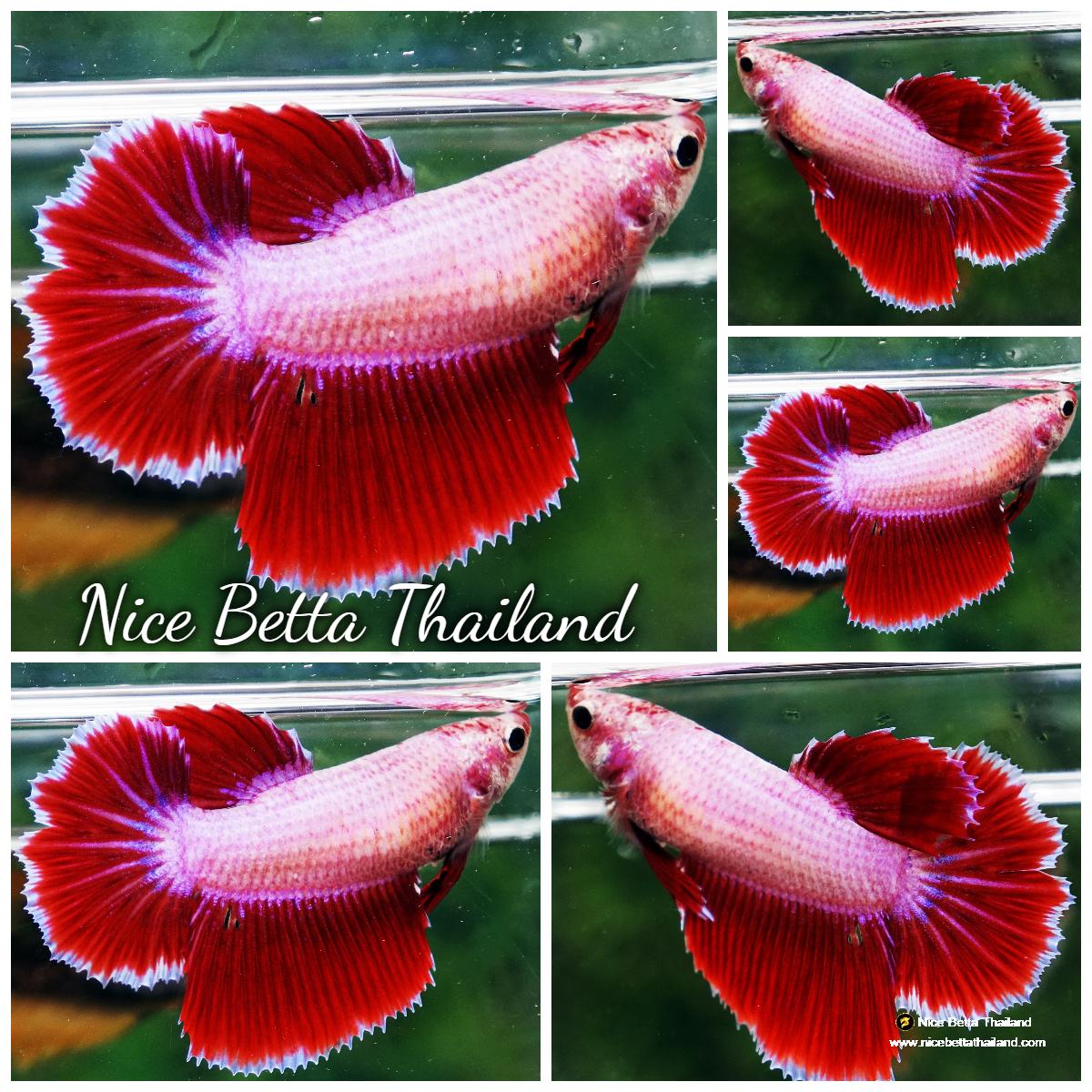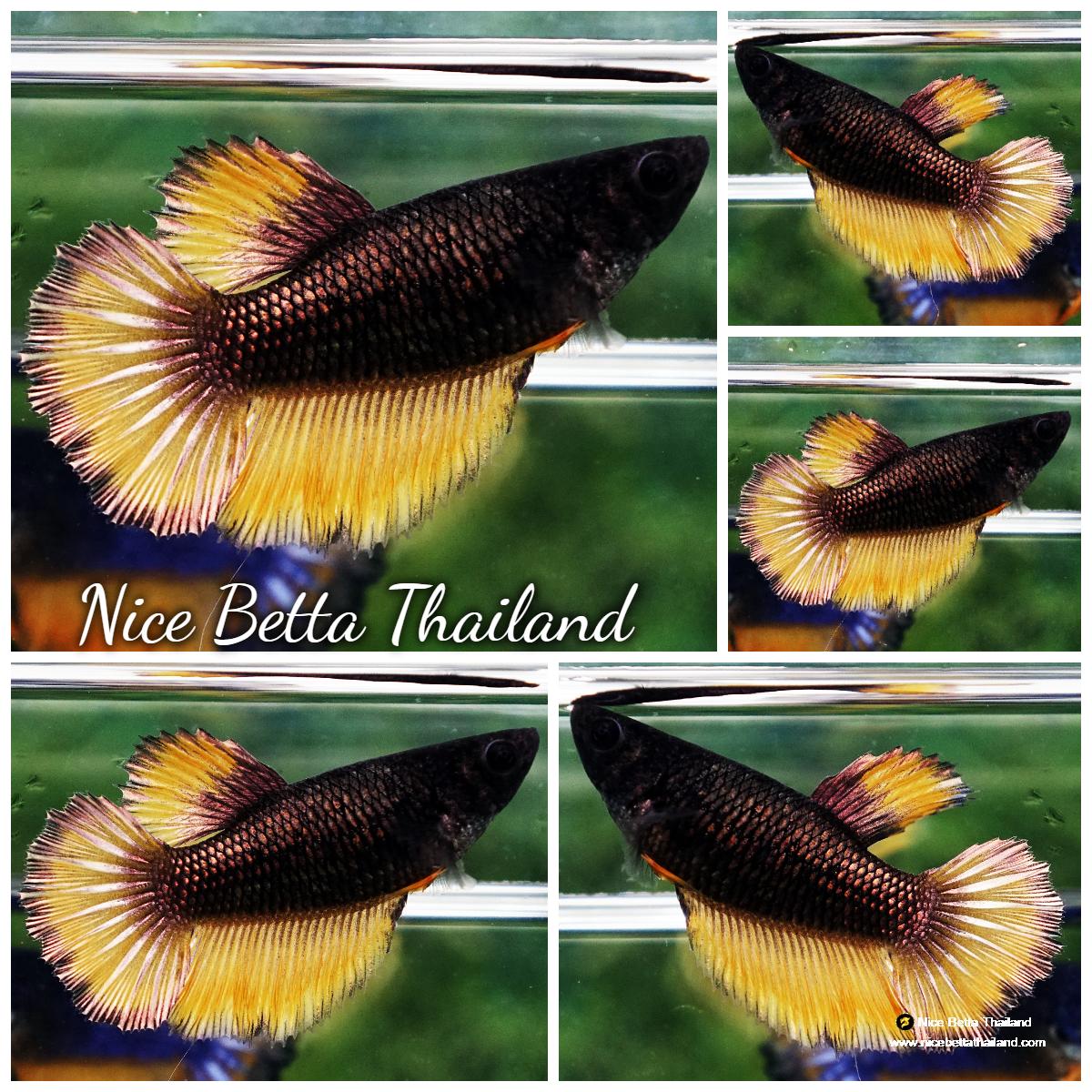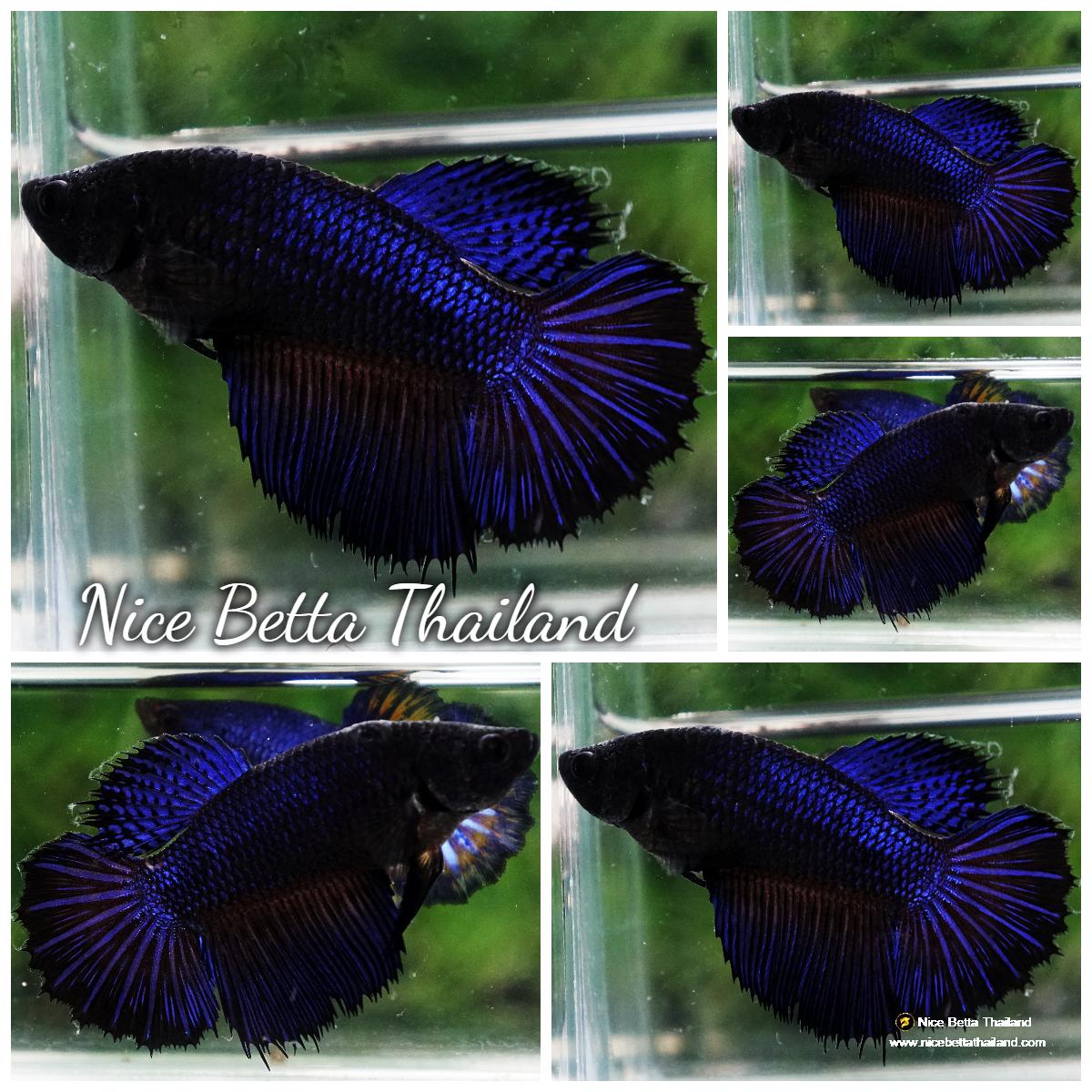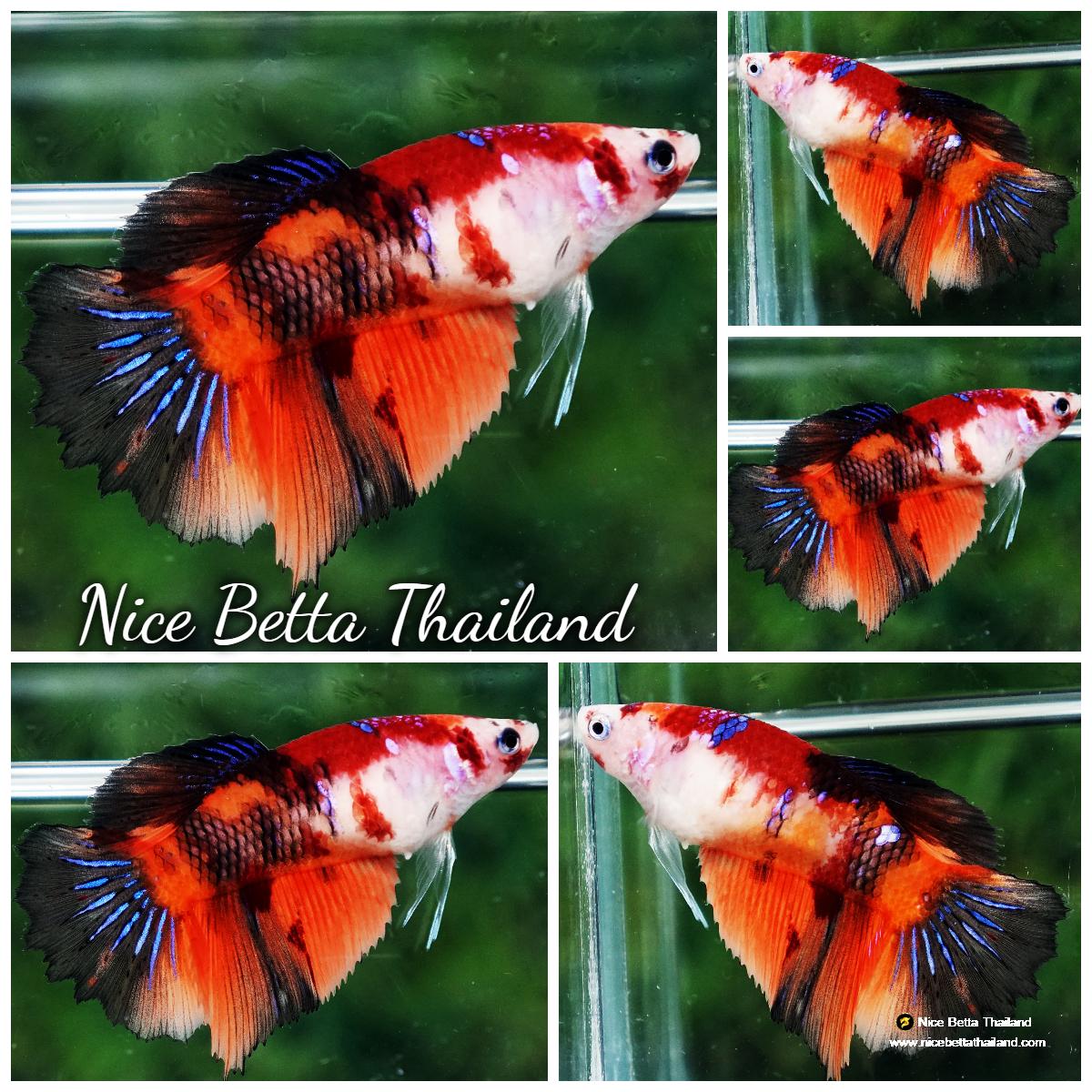Why do aquarists use Indian almond leaves? The poor man’s water conditioner
Indian almond leaves are often described as ”the poor man’s water conditioner” due to their capacity of altering the water chemistry in an aquarium.
In the wild, fish evolve to fit into their particular habitat and having to live in another type of environment in captivity is often difficult for them. Even if your betta fish manages to survive in less than ideal conditions, there is a great difference between thriving and merely staying alive.
If your betta fish hails from a habitat where leaves and other plant debris regularly falls into the water and decompose, your fish will be used to that kind of environment and trying to mimic it in the aquariums is strongly recommended. Leaves that fall into the water release a myriad of different compounds, from trace minerals to dyes, and animals living in the water adapt to having all these different compounds readily available. When we place fish in our “clean” and rather unnatural aquariums, we in avertedly deprive them of access to a long row of different compounds present in their native habitat. If your fish hails from the type of environment described above, Indian almond leaves are one way of making life in captivity a little more natural for your pet.
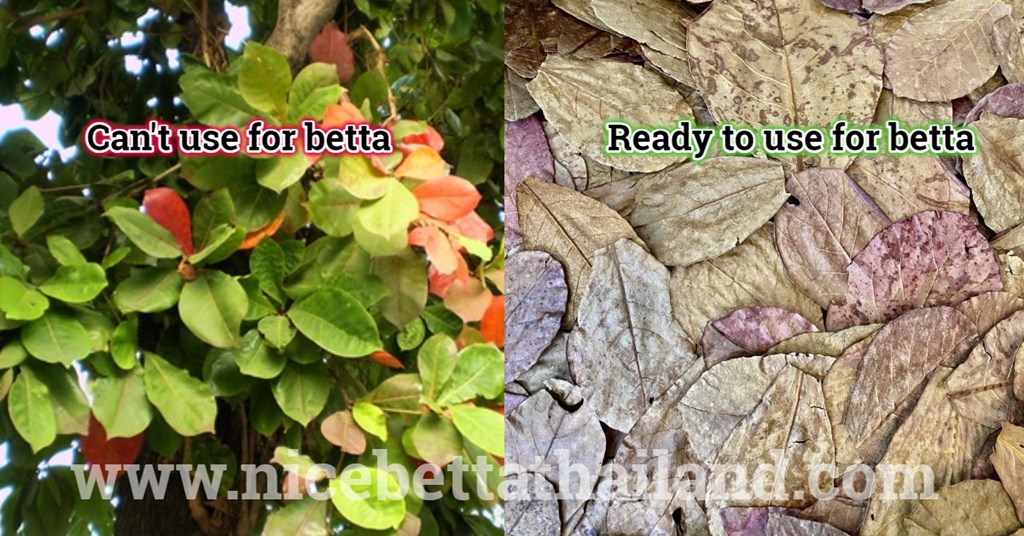
Just like driftwood and peat, Indian almond leaves release ample amounts of tannins into the water. The tannins affect the pH-value (how much will depend on the buffer capacity of your water) and you will also see how the water turns dark – just like a blackwater river. Needless to say, water rich in tannins is appreciated by fish species that hail from such environments in the wild. So called blackwater habitats are formed when rivers flow slowly through heavily forested areas where falling leaves and other plant debris end up decomposing in the water.
You can find more detailed information about the chemistry of Indian almond leaves in on the Indian almond leaves chemistry page. That page also includes a section on blackwater habitats.
N.B! Using almond leaves will give the water in your aquarium a yellow to reddish tea-coloured shade. Exactly how dark the water gets depends on the concentration of tannins in the water. Some aquarists dislike this tint which they find unsightly, but try to keep in mind that for fish hailing from blackwater habitats this dark water is actually the normal state of things and the crispy “clean” 100% transparent water without any hint of colour favoured by many aquarists is quite unnatural for them.
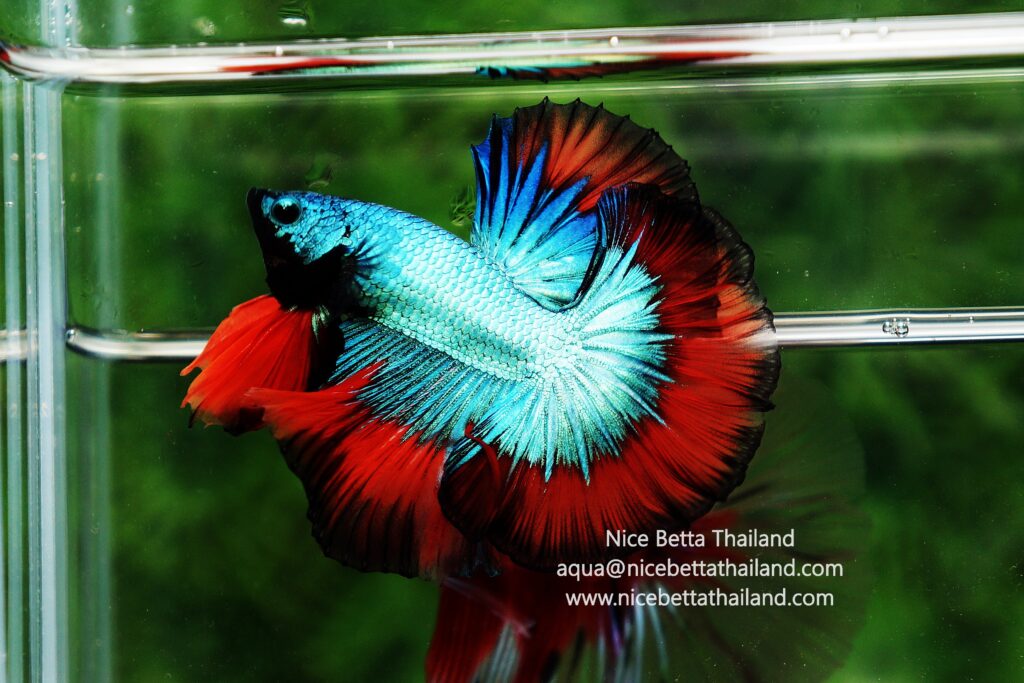
Indian almond leaves prevent and cure diseases in aquariums?
Indian almond leaves are rich in compounds produces by the tree to protect itself against bacteria, fungi and similar organisms. Because of this, it has been speculated that adding Indian almond leaves to an aquarium will decrease the risk of disease in the tank or even help fish. As far as I know, no one has yet carried out any scientific study to verify this claim. Compounds found in Indian almond leaves have however been researched for their potential health benefits for the human body. Quercetin, a type of flavonoid found in Indian almond leaves, is for instance considered anti-inflammatory and has antioxidant properties1 , while several other flavonoids present in these leaves – such as kaempferol – decrease the risk of developing certain types of cancer.
Fish kept in an environment that mimic its natural habitat tend to grow stronger and heartier, i.e. more apt at fending off malicious microorganisms. As an aquarists, it is therefore difficult to determine if Indian almond leaves actually cures and prevent disease by killing of bacteria and fungi, or if it is simply a question of the leaves boosting the fish’s own immune system by providing it with an ideal water quality when it comes to pH-value, tannins, etc.
Natural hiding spots and infusoria supply
Using Indian almond leaves is not just about chemistry. You may think leaf litter looks ugly, but for a long row of fishes it feels just like home. Leaves and leaf litter makes the environment more natural. Bottom dwelling fish love to hide among sunken leaves, while surface and mid-water dwellers like the sense of security offered by floating leaves. Indian almond leaves are also nice for fish and invertebrates to nibble on between meals, and the leaves serve as home and food for infusoria.
Can Indian almond leaves be used to change the sex ratio of Betta fish?
A lot of rumours circulate about South-East Asian Betta breeders using Indian almond leaves to increase the male-to-female ratio in the batches. Personally, I’ve noticed no difference in sex ratio when using Indian almond leaves.
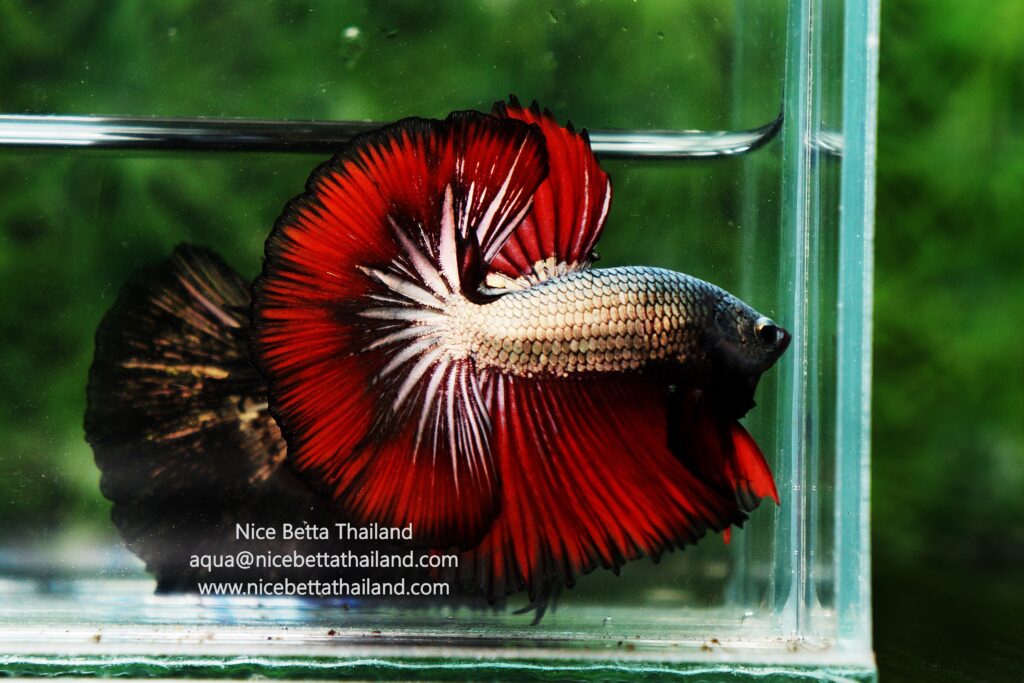
When do aquarists use Indian almond leaves?
What fish will like Indian almond leaves and what won’t?
Indian almond leaves are ideal for fish that hails from environments where the water is rich in leaf debris. A few examples of such fishes are bettas and other gouramis, blackwater tetras, discus, rasboras and many dwarf cichlids. You need to research your particular species to see if it hails from this type of water.
Indian almond leaves are not recommended for fish that like hard and alkaline water, such as African cichlids from the Great Rift Valley lakes.
Examples of situations when Indian almond leaves are commonly used
Some aquarists use Indian leaves all the time, while others use them only for special purposes, i.e. when the feel that their fish needs some extra pampering. It is especially common to use IAL…
- When setting up a new aquarium
- When a new fish is introduced to an aquarium
- To induce breeding, especially in Betta fish
- When setting up and maintaining a fry aquarium
- When a fish is sick, especially if the sickness affects the skin
- In the plastic transport bag when a fish is moved to a new home
- When keeping delicate fish species that are considered difficult to keep and breed in captivity
If you use Indian almond leaves all the time, remember that you may have to “wean” your fish off them if you plan on selling your fish to an aquarist that won’t use Indian almond leaves. A fish that has been raised among Indian almond leaves or spent a long time in an IAL-tank may not handle a rapid move to a different environment well.
How do aquarists use Indian almond leaves?
Preparations
- Keep your Indian almond leaves in a dry place at room temperature until you wish to use them. Dry leaves can be stored for at least 6 months in a suitable environment (preferably a container that is airtight, watertight and prevents light from entering).
- If the tree may have been sprayed with pesticides or grows in a big city with lots of pollution, rinse the Indian almond leaves well in tap water before placing it in your tank.
- Do not use Indian almond leaves that are mouldy.
- Remove active carbon, purigen and similar from the aquarium before adding your Indian almond leaves.
- If you’re in a hurry, you can cut the leaves into smaller pieces since this will make them leach their content into the water more rapidly.
Dosage
Dosages below are based on 15-25 cm (6-10 in) leaves. If your leaf is smaller or bigger, you need to adjust the figures accordingly.
- Using 2 leaves per 50 L (13 us gallons) of water is a good rule of thumb, but be prepared to adjust the dosage to suit your particular fish. Some Betta keepers routinely use up to 2 leaves per 15 L (4 us gallons) of water in their everyday tanks.
- Betta breeders normally use 1 leaf per 20 L (5 us gallons) of water in breeding tanks.
- In fry rearing tanks, use 1 leaf per 40 L (10 us gallons) of water.
For how long?
- Unless you anchor the leaves using a rock or similar, they will normally float for 2-3 days before sinking. Sinking is natural and it doesn’t mean that your have to change the leaves.
- The leaves will normally disintegrate after a month or two, depending on how actively your fish tries to destroy them. Aquarists that dislike the sight of torn leaves normally replace the leaves every 2-3 week, but this is purely for aesthetical reasons. There is usually no need to change the leaves more often than every second month.
Indian almond leaves in fry tanks
In a fry tank, Indian almond leaves are beneficial in several different ways. In addition to all the positive effects described above, the leaves serve as home and food for infusoria; minute aquatic creatures like ciliates, euglenoids, and protozoa. Due to its size and nutritional content, infusoria is an excellent food source for newly hatched fry from a long row of species.
In addition to this, many species of fry are naturally inclined to hide among leaves and leaf litter and will feel safer and less stressed in a fry tank that isn’t completely barren.
Indian almond leaf for hospital tank
Instead of routinely adding Indian almond leaves to the aquarium, some aquarists prefer to set up a separate IAL-tank and let their fish spend some time in it when the fish seem to be a bit under the weather, e.g. due to skin abrasions. This is not a quick fix – you should be prepared to let your fish stay in the hospital tank for at least 2-3 weeks. (Having a separate hospital tank will also prevent spreading of infectious disease and keep other more healthy fish in the main aquarium from taking advantage of a weakened tank mate.) As always, the hospital tank must naturally be very similar to the ordinary aquarium when it comes to temperature etc, otherwise your will shock your fish.
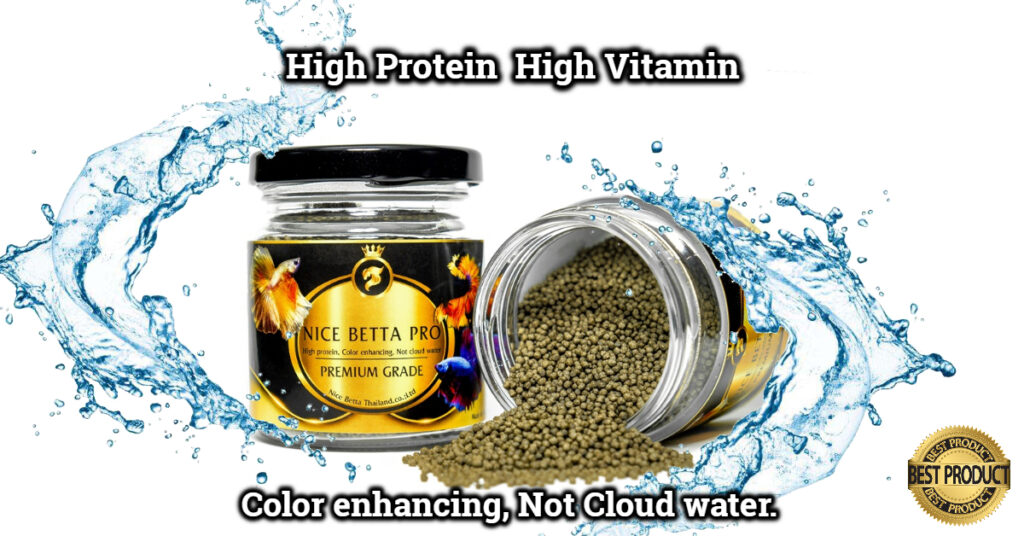
Traditional conditioning for Siamese Fighting fish
According to professional breeders of Siamese Fighting fish in South East Asia, Indian almond leaves will harden and coat the skin of the fish, thus making it more apt for fighting. The idea is that Siamese fighers living without Indian almond leaves have softer skin and scales that aren’t smooth and slippery enough to handle being bitten by other fighters. The fish is therefore conditioned using Indian almond leaves for at least seven days prior to a fight. A clay pot is filled with clean, aged water, the leaves are added, and the fish will live in the pot and be fed live food once a day. The pot is placed in a dark and quite place to help the fish prepare.
After a fight, a similar treatment is given to help the fish recover from its injuries.
Frequently Asked Questions
Is it true that Indian almond leaves remove heavy metals from the aquarium?
I come across this claim now and then, but I have seen no explanation for exactly how it would work or any scientific studies regarding IAL and heavy metals. Bogwood is commonly used among aquarists to reduce the toxicity of metals; perhaps decaying leaf matter works in a similar way.
When organic matter (i.e. not just Indian almond leaves) are turned into humus by bacteria and fungi, toxic substances such as heavy metals can be chelated, i.e. bound to the complex organic molecules of humus. This can prevent the metals from entering the wider ecosystem, but will not remove them. For us aquarists, it means that the heavy metals will still be present in our tanks – only bonded to humus.
I have never used copper based medication in an aquarium together with Indian almond leaves so I can’t tell if the leaves decrease the effectiveness of the medicine or not.
Can I use Indian almond leaves in my planted tank?
Yes, Indian almond leaves can safely be used in planted aquariums. Of course, plants that like alkaline waters won’t appreciate the drop in pH-value, but why would you keep such plants with acidic loving fish in the first place?
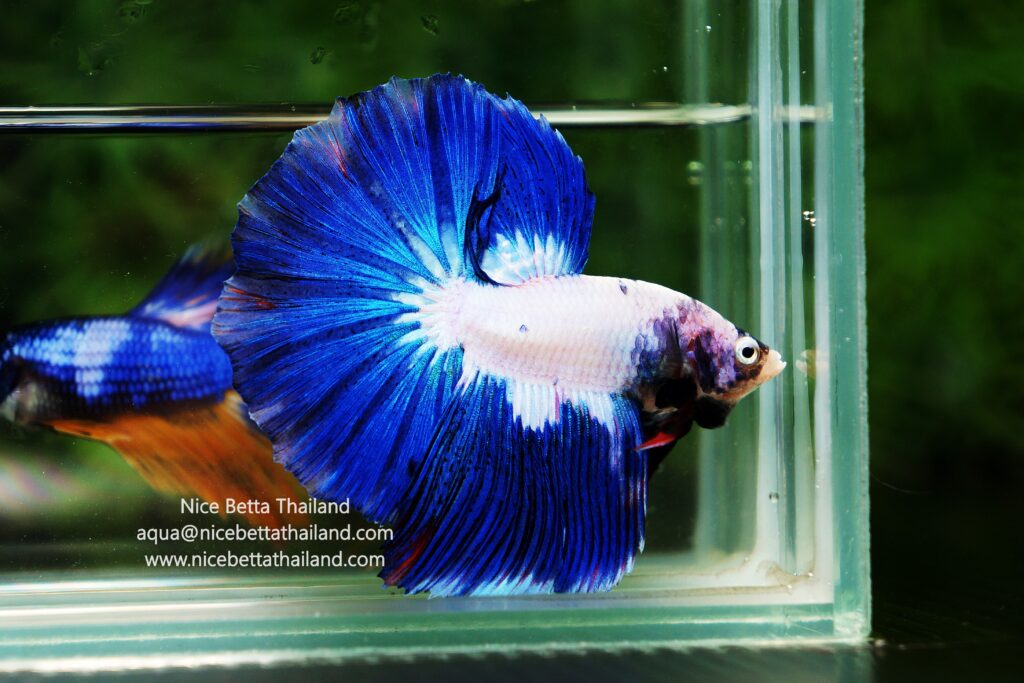
Can I combine Indian almond leaves with activated carbon or purigen?
Activated carbon, purigen and similar will decrease the effect of Indian almond leaves and should therefore be removed from the aquarium prior to IAL use.
Is there any way of getting rid of the colour?
If you for some reason wish to get the tannins out of the water, you can use activated carbon or simply do a lot of water changes. Just remember that the positive properties of the Indian almond leaf will vanish as well.
Alternatives to using whole leaves
Indian almond leaves in a tea bag
If you hate the look of Indian almond leaves in your aquarium, there are vendors that sell IAL tea bags to soak in the water. Of course, using teabags will not give your fish any leaf litter to hide among or nibble on.
Making your own Indian almond leaf concentrate
Another alternative for those who dislike having leaves in the tank is to boil the leaves and make a concentrated Indian almond tea to pour directly into the aquarium water. Simply place the leaves in a pot filled with water and bring to a boil. Boil until the water darkens. The tea can be stored in an airtight bottle in the fridge.
Recipe for a 375 L or 100 us gallon aquarium:
15 to 20 leaves (15-25 cm / 6-10 in)
10 L or 2.5 us gallons of water
N.B! The tea must naturally have roughly the same temperature as the aquarium water when you add it, i.e. not to warm or too cold.
Also we have group talk about betta fish for sale and share any new tip take care information on Web3 social group

Right now we have betta fish doctor help every bettas lover by top breeder in Thailand to cure or share more tip on Animalverse social
If your bettas fish sick or need tip to treat help Let’s join the group many top breeder will help to answers betta fish community
More tip :
All of Betta Fish A Guide on Patterns, Color in the world
The most expensive betta fish in the world.


